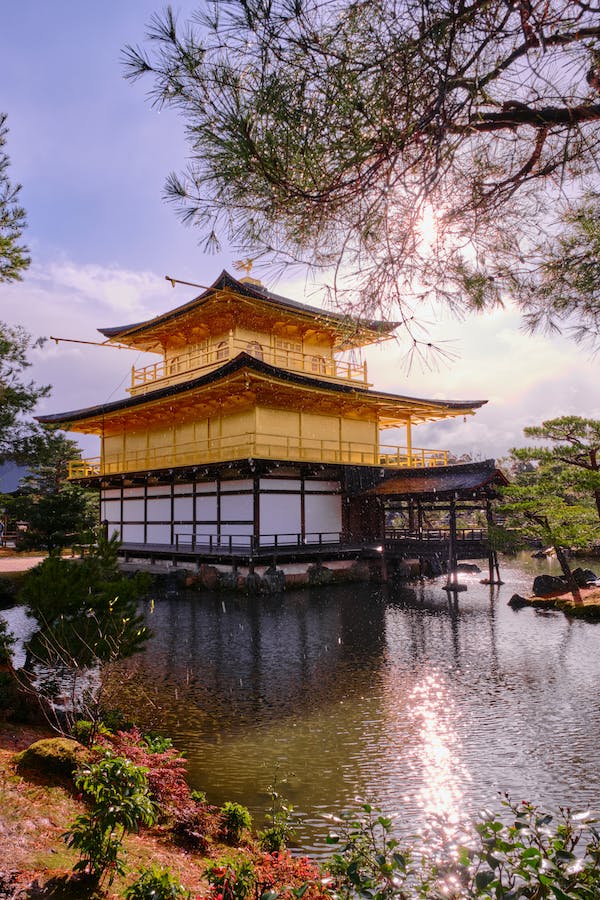Ponds are dynamic ecosystems that require careful attention and management to remain healthy and vibrant. Whether you own a private pond for recreational fishing or manage a larger pond for agricultural or irrigation purposes, understanding the principles of pond management is essential for long-term sustainability and success.
The Importance of Pond Management
One of the primary goals of pond management is to preserve water quality. Poor water quality can lead to a range of issues, including algae blooms, fish kills, and foul odors. By implementing strategies to control nutrient levels, manage aquatic vegetation, and promote oxygenation, pond owners can maintain clear, clean water that is conducive to supporting a diverse array of aquatic life.
Supporting Aquatic Life
Ponds are home to a variety of plants and animals, including fish, amphibians, insects, and microorganisms. Effective pond management practices aim to support and enhance these populations by providing suitable habitat, controlling predators and invasive species, and managing stocking densities to prevent overcrowding and competition for resources.
Enhancing Recreational Value
Many pond owners also value their water bodies for recreational purposes such as fishing, swimming, and boating. Proper pond management can enhance the recreational value of a pond by promoting healthy fish populations, improving water clarity, and minimizing safety hazards such as submerged vegetation or stagnant water.
Implementing Pond Management Strategies
Successful pond management begins with regular monitoring and assessment of key parameters such as water quality, aquatic vegetation, and fish populations. By keeping detailed records and observing changes over time, pond owners can identify emerging issues and implement timely interventions to address them.
Sustainable Vegetation Management
Aquatic plants play a vital role in pond ecosystems, providing oxygen, food, and habitat for fish and other organisms. However, excessive vegetation can impede water flow, reduce oxygen levels, and create breeding grounds for mosquitoes. Sustainable vegetation management practices involve a combination of manual removal, herbicide application, and biological control methods to maintain a balanced ecosystem.
Nutrient Control and Eutrophication Prevention
Nutrient pollution from sources such as fertilizer runoff, animal waste, and decaying organic matter can lead to eutrophication, a process in which excessive nutrients cause algal blooms and degrade water quality. Pond owners can mitigate nutrient pollution by implementing best management practices on surrounding land, installing vegetative buffers, and using nutrient-absorbing technologies such as floating wetlands or constructed wetlands.
Conclusion
Pond management is both an art and a science, requiring a deep understanding of aquatic ecology, as well as practical skills in monitoring, assessment, and intervention. By prioritizing water quality, supporting aquatic life, and enhancing recreational value, pond owners can create and maintain thriving ecosystems that provide enjoyment and ecological benefits for years to come.



